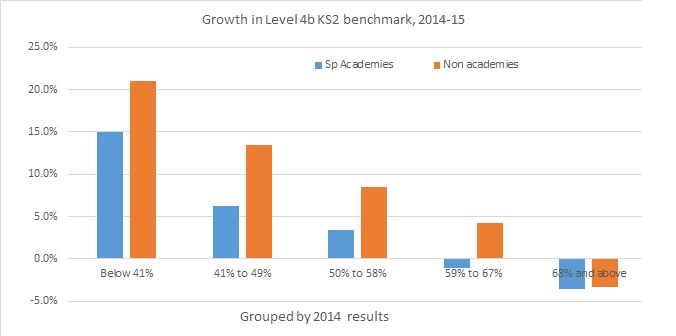In its chapter on professional leadership and workforce reform, the Cambridge Primary Review final report described a working environment in which ‘head teachers, once the undisputed and independent leaders of their schools, now operate in a culture of compliance and one that, borrowing the language of business, exhorts them by turns to be “visionary”, “invitational”, “democratic”, “strategic”, “instructional” or “transformational”’. Reflecting on the conceptual shift in primary school leadership over the last 50 years, the report highlighted the move from an absolutist, paternalistic (or even grand-paternalistic, with the head teacher leading a ‘three-generation family’) model of headship to the more collegial professional relations of recent times (Children, their World, their Education, pp 437-9).
The six years since the final report was published have seen both a continuation of these trends and the introduction of new dimensions into the school leadership landscape. The pressure on head teachers to be all things to all people has certainly not gone away – and to the list above we can now add, courtesy of Sir Michael Wilshaw, the suggestion that head teachers should be ‘bruisers’, ‘battleaxes’ and, as if that weren’t enough, ‘more like Clint Eastwood’.
The concept of compliance, though, is an interesting one. The Association of School and College Leaders (ASCL) is unequivocal in its belief that, if we are to create a truly self-improving school system, we must move away from a model based on compliance with central direction to one in which schools work together to build capacity and drive continuing improvement.
In many ways, we have made important strides over the last six years away from a compliance-based model of school leadership. The hour-by-hour, minute-by-minute direction of the school day through the primary national strategies is no more. National Curriculum levels have gone, with schools now able to assess attainment and track progress between key stages as they see fit. Ofsted is at pains to point out that its inspectors do not expect teachers to plan or mark in a particular way, or school leaders to evaluate their schools using a specific format. And schools that convert to academy status can choose to reject central prescription in more radical ways, such as moving away from the National Curriculum or adopting different term times.
Increased autonomy (along with its joined-at-the-hip bedfellow, accountability) is, we are constantly reminded, the holy grail of current education policy. Nick Gibb, minister of state for school standards, rarely misses an opportunity to extol the benefits of autonomy. He spoke at a conference earlier this year of the emergence of a system of education in England in which ‘autonomous schools are able to break free from the intellectual and bureaucratic constraints of the past, allowing school leaders to beat a new path of previously unimaginable success’. The government has, apparently, taken ‘clear and purposeful action to free heads from … meddling’, liberating them to ‘focus on what is best for raising pupil outcomes’.
The lived experience of teachers and school leaders, of course, doesn’t always match high-flown political rhetoric. Levels and the primary strategy ‘lunchboxes’ may have gone, but in their place are detailed ‘interim’ assessment frameworks, and statutory national assessments in three out of the six years of primary education.
The dangled carrot of autonomy through embracing academy status may also be something of a mirage. The National Curriculum may not be compulsory for the 20 per cent of primary schools that are now academies, but it’s a brave head teacher who strays too far from the ‘expected standards’ against which both children and schools are held to account. And some head teachers are finding they are actually more closely managed in a multi-academy trust than they ever were by their shrinking local authority. There are many good reasons to consider joining a MAT, but increased autonomy is not one of them. (See Warwick Mansell’s CPRT report, Academies: autonomy, accountability, quality and evidence, for more in-depth analysis of the dimensions and realities of academy autonomy.)
Compliance is clearly not what we should be aiming for. As one of the most often quoted phrases from the Cambridge Primary Review puts it, how can we expect children to think for themselves if their teachers simply do what they are told? And, by extension, how can we expect teachers to think for themselves if school leaders simply do what they are told?
But neither, perhaps, is autonomy all it’s cracked up to be. There is an increasing body of evidence that genuine improvement, whether at an individual school or a system level, happens when schools work together to plan learning, solve problems and create the right solutions to local needs.
In our increasingly fragmented system, the answer to tackling the culture of compliance is not a proliferation of ‘hero heads’, but school leaders coming together to shape not only their own schools, but the education system as a whole. Lone warriors need not apply.
Julie McCulloch is Primary and Governance Specialist at the Association of School and College Leaders (ASCL). She is also a member of the Board of CPRT.
Embodying the ‘collegial’ leader are the two winners of the CPRT ASCL award for evidence-informed leadership, presented at CPRT’s national conference. Find out more about Graham Chisnell and Iain Erskine here.
